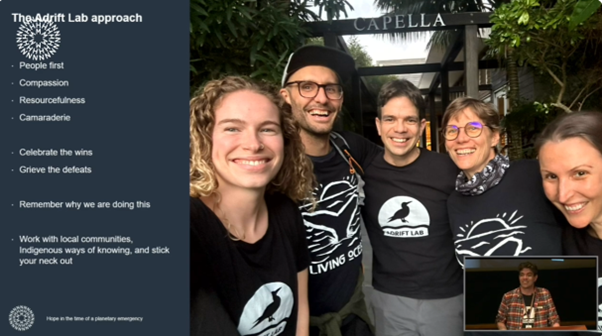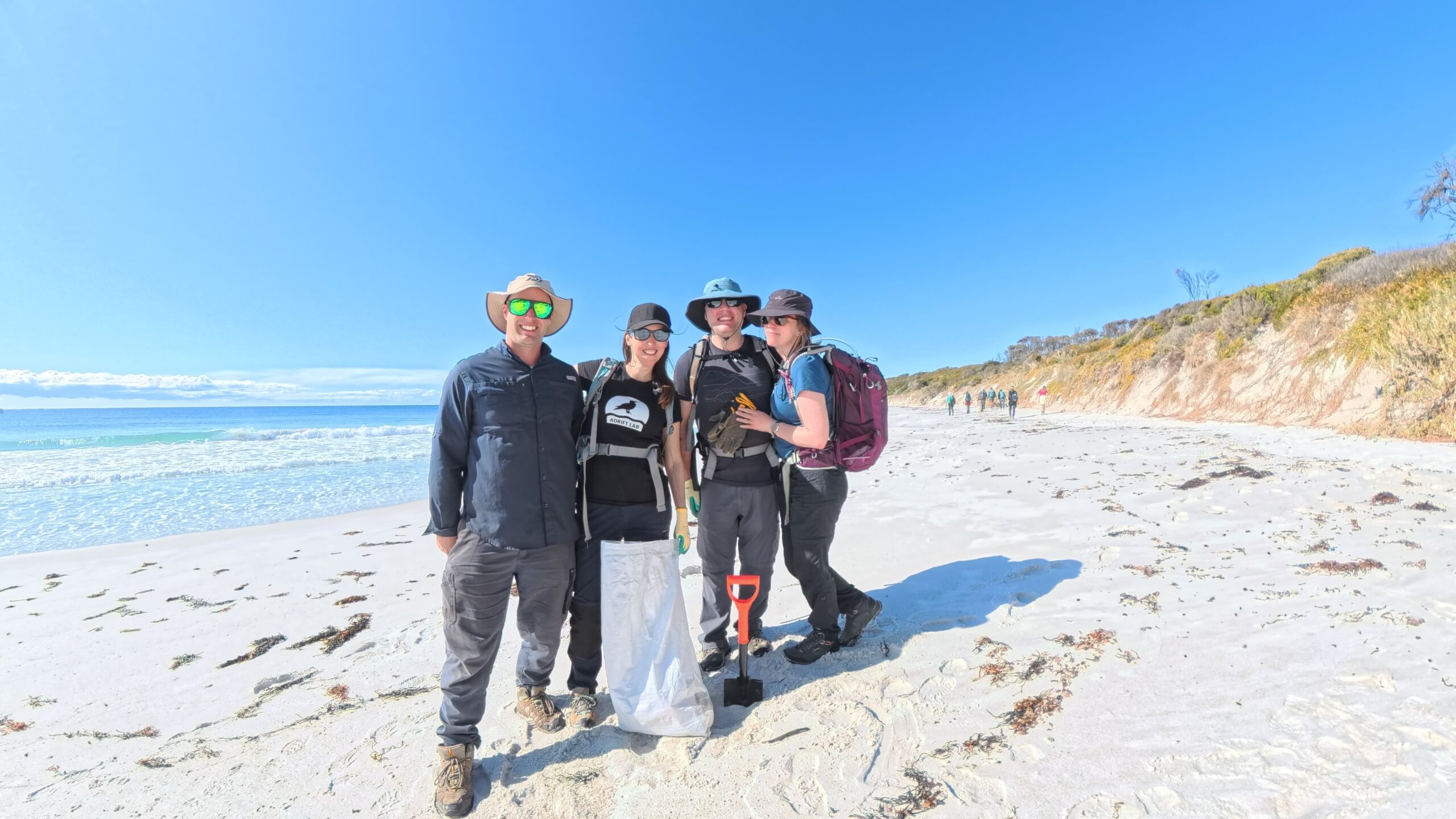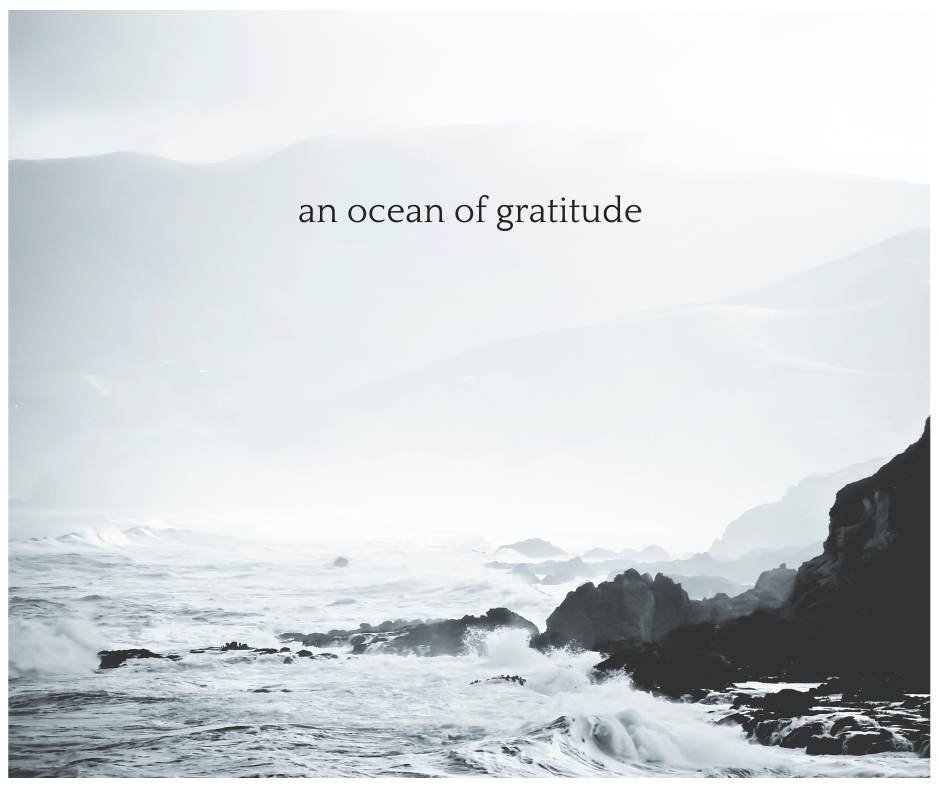Worrying new research: accumulating plastic on beaches drastically increases the temperature of the sand

New research from Adrift Lab (Alex, Jack, and Jennifer) published in the Journal of Hazardous Materials found that accumulated plastics in beach sediments act as an insulator, increasing circadian (daily) maximum temperatures by 2.45 ºC.
While it seems like plastics are everywhere (coating our food at the grocery store and floating in vast numbers in our oceans), many aspects of pollution problem remain poorly understood, including basic questions like the scope and severity of plastic impacts.
“Sandy beaches have not been a focus previously, so this is the first time real-world in situ data on circadian thermal fluctuations of beach sediment has been collected – and it reveals that accumulated plastics increase daily temperature extremes”. ~Dr Jennifer Lavers
In this new study, the Adrift Lab team documented up to 3kg of plastic/m2 on the beach surfaces of Henderson Island (South Pacific) and Cocos (Keeling) Islands (Indian Ocean). Both of these locations are very remote with few or no human inhabitants.
All this plastic is visually unappealing and potentially problematic for tourism on islands (although Cocos has adopted inspiring approaches to dealing with this issue – read about it here). But, what other problems might the accumulating debris be causing?
Our study indicates the debris poses a significant heat hazard to coastal regions, which are already under increasing pressure including from warming due to climate change. Together, this may be pushing species out of their thermal envelopes.
“Accumulated plastics in beach sediments essentially alter thermal inputs and outputs such as infrared radiation absorption. This causes temperature fluctuations that can have a significant effect on terrestrial ectotherms like crabs and turtles”. ~Dr Jack Rivers-Auty
Ectothermic species depend on external sources of body heat and are vital for healthy beach habitats, but many have narrow thermal tolerance limits. In tropical regions, such as Henderson and Cocos Islands, many of these species are already living at the upper limit of temperatures they’re able to cope with. That means they’re vulnerable to change, especially if it’s rapid.
“With global plastic production currently doubling almost every decade and much of the plastic that accumulates in our oceans eventually making its way onto beaches, the low and moderate debris loads we observed on Henderson and Cocos are likely to transition to high debris over the next few decades. This is concerning”. ~Dr Alex Bond
Further study into the physical impacts of plastics on ecosystems is needed to understand the severity and scope of these issues. In the meantime, we also need to make significant shifts in how we produce and manage plastic waste – and we need to do it urgently
ACKNOWLEDGEMENTS: This was a team effort and Adrift Lab could not have completed this research without the logistical, financial, and emotional support of an incredible group. We extend our sincere thanks to the brilliant 2019 Henderson Island Expedition team and project partners on the Cocos (Keeling) Islands. We also thank our generous funders: Detached Cultural Organization, Natural History Museum UK, Howell Conservation Fund, Valpak, Toughsheet Environmental, the Pew Trusts, CEFAS, the UK Foreign and Commonwealth Office (Blue Belt Programme and Pitcairn Island Office), Architectural and Community Planning Inc, Zoological Society of London, Schwab International, Sea Shepherd Marine Debris, and Yuan Fang Media. You bunch of legends.





